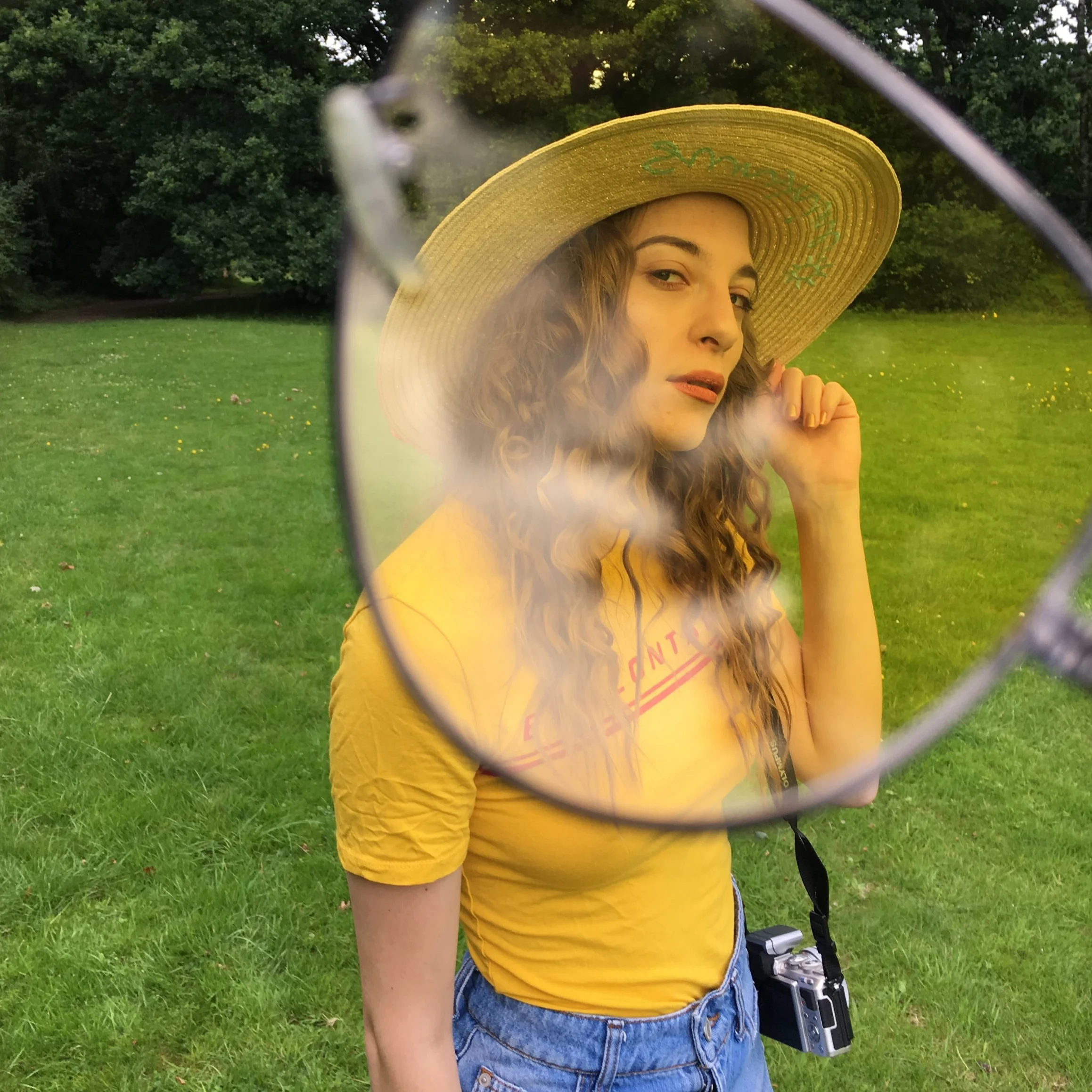Success looks different to every single person in the world. If you ask Greta Thunberg to define success, she will most likely tell you that for her success means reversing global warming before it is too late. If you ask Elon Musk the same question, he might tell you that for him it means getting the richest people off the planet before the Earth dies. And, if you judge music videos these days, some people in the music industry seem to think that success looks like being a gangster living in a mansion and throwing money to your followers whilst standing on the roof of your luxury car.
However, these to me sound more like a list of goals than a definition of success. I believe that achieving a goal is not the same as being successful. Anyone who runs projects can tell you that after completing a project you feel both fulfilled and empty at the same time. You feel good because you have succeeded in finishing the project, but you are left with a void inside and a feeling that you don't know what's next. Some call it post-project depression. In both Project Management and in life, what happens after you have achieved your goals is as important as achieving them. Sadly, we are brought up to focus on winning the race but nobody teaches us what happens after the race is over.
Life continues, that's what happens. If you equate feeling successful to ticking goals off your list then you will always feel like a failure even if you have reached your goals. I hear so many people around me say that they feel like they haven't really achieved anything yet even if by society standards they should feel successful.
Society's image of success is very limited. Feeling successful should align more with your purpose in life and your values, and less with the completion of your tasks and goals. You can perfectly feel accomplished and successful but at the same time have a long list of unachieved goals. One thing is not a requirement for the other.
I have a list of goals and dreams that I have yet to achieve in my life that could span for kilometres, but that doesn't deter me from feeling accomplished. My purpose in life is to try to make this a better world, and I work hard every day to use my platforms to help others and to raise awareness of the issues that I care for. That makes me feel happy and successful, even if that doesn't always translate into the image that society has of success. Being a good human being is what success means to me.
Photo credit: portrait by Ivan Weiss.
Do you like what you just read? Consider becoming a patron on patreon.com/jccandanedo where you can learn more about my creative process and the stories behind my images. I’d love to have you as part of my Patreon community.
You can also subscribe to my weekly blog posts here!












